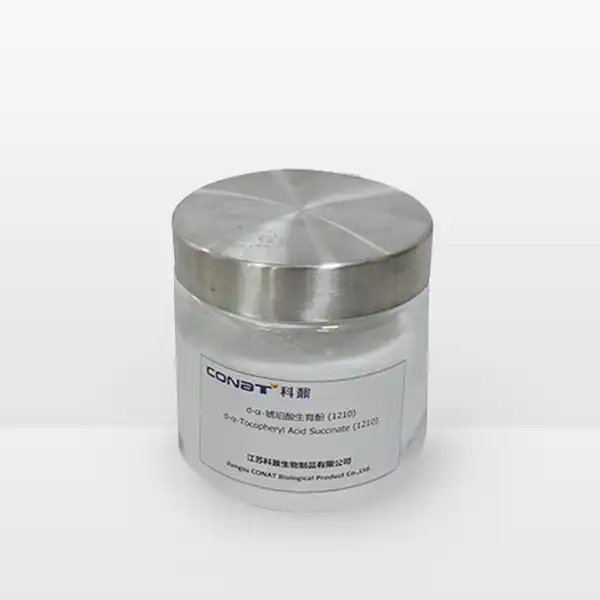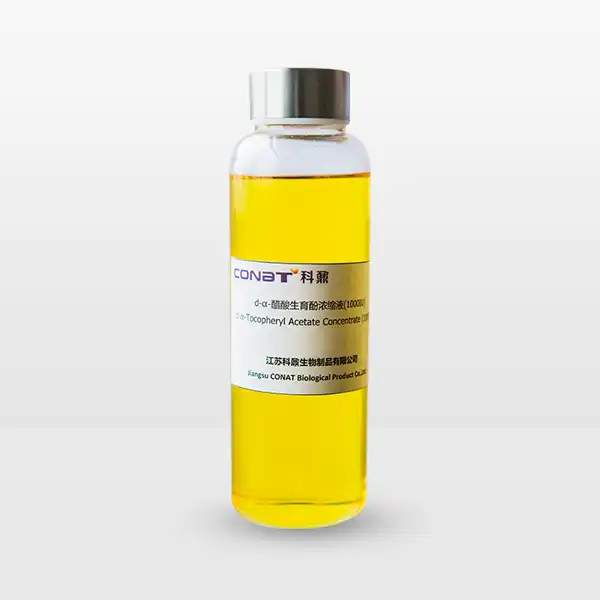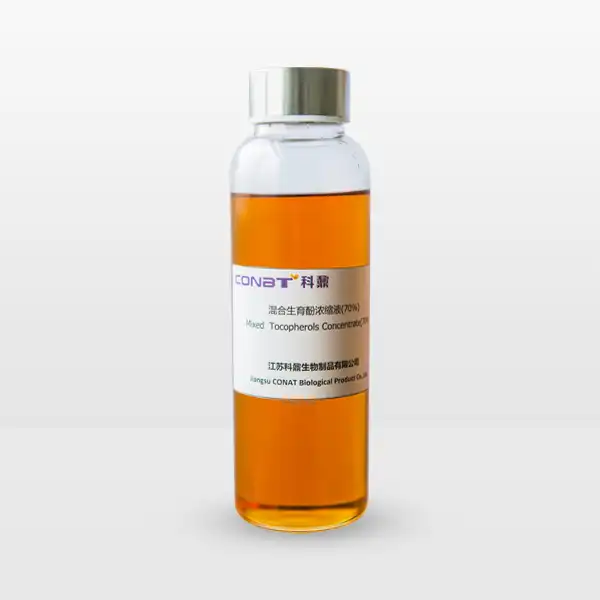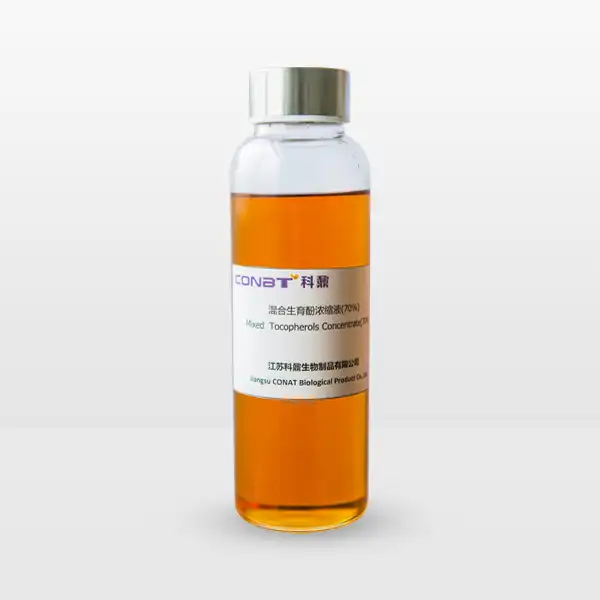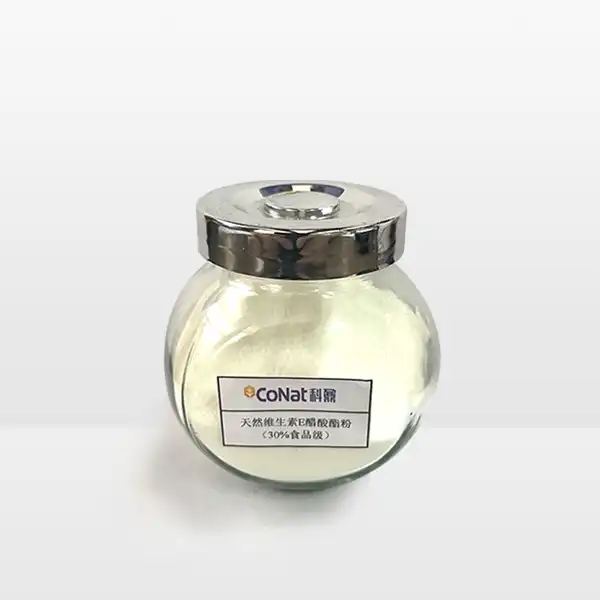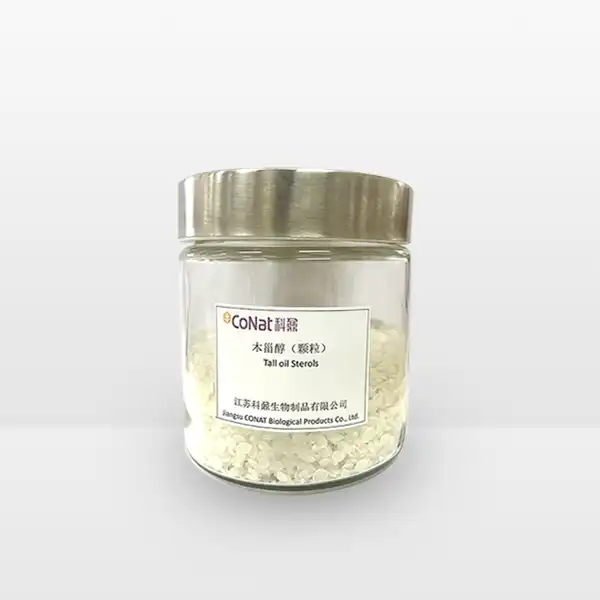- English
- French
- German
- Portuguese
- Spanish
- Russian
- Japanese
- Korean
- Arabic
- Greek
- German
- Turkish
- Italian
- Danish
- Romanian
- Indonesian
- Czech
- Afrikaans
- Swedish
- Polish
- Basque
- Catalan
- Esperanto
- Hindi
- Lao
- Albanian
- Amharic
- Armenian
- Azerbaijani
- Belarusian
- Bengali
- Bosnian
- Bulgarian
- Cebuano
- Chichewa
- Corsican
- Croatian
- Dutch
- Estonian
- Filipino
- Finnish
- Frisian
- Galician
- Georgian
- Gujarati
- Haitian
- Hausa
- Hawaiian
- Hebrew
- Hmong
- Hungarian
- Icelandic
- Igbo
- Javanese
- Kannada
- Kazakh
- Khmer
- Kurdish
- Kyrgyz
- Latin
- Latvian
- Lithuanian
- Luxembou..
- Macedonian
- Malagasy
- Malay
- Malayalam
- Maltese
- Maori
- Marathi
- Mongolian
- Burmese
- Nepali
- Norwegian
- Pashto
- Persian
- Punjabi
- Serbian
- Sesotho
- Sinhala
- Slovak
- Slovenian
- Somali
- Samoan
- Scots Gaelic
- Shona
- Sindhi
- Sundanese
- Swahili
- Tajik
- Tamil
- Telugu
- Thai
- Ukrainian
- Urdu
- Uzbek
- Vietnamese
- Welsh
- Xhosa
- Yiddish
- Yoruba
- Zulu
Is Tocopherol Concentrate Mixed a Natural or Synthetic Ingredient?
Tocopherol concentrate mixed, a form of vitamin E, exists in both natural and synthetic forms in today's market. This ingredient has garnered significant attention in the cosmetic and supplement industries due to its powerful antioxidant properties. While both natural and synthetic versions share similar molecular structures, their sources and manufacturing processes differ considerably. Natural tocopherol concentrate mixed is derived from vegetable oils, while its synthetic counterpart is produced through chemical synthesis. Understanding the distinction between these forms is crucial for consumers and manufacturers alike, as it impacts both product efficacy and marketing claims. The increasing demand for this versatile ingredient has led to extensive research into its properties, applications, and the comparative advantages of its different forms.
What are the Benefits of Tocopherol Concentrate Mixed in Skincare Products?
In the realm of skincare, tocopherol concentrate mixed has emerged as a powerhouse ingredient that offers multiple benefits for skin health and appearance. This potent antioxidant works tirelessly to protect skin cells from oxidative stress caused by environmental factors such as UV radiation, pollution, and free radicals. When incorporated into skincare formulations, it helps maintain the skin's natural barrier function and promotes cellular repair processes.
The ingredient's fat-soluble nature allows it to penetrate deeply into the skin layers, where it can effectively combat signs of aging. Clinical studies have demonstrated its ability to reduce the appearance of fine lines and wrinkles by supporting collagen production and improving skin elasticity. Additionally, tocopherol concentrate mixed helps regulate skin hydration by preventing trans-epidermal water loss, resulting in plumper, more moisturized skin.
Research has shown that this form of vitamin E also plays a crucial role in reducing inflammation and supporting wound healing. When used consistently in skincare routines, it can help fade the appearance of scars and hyperpigmentation by promoting cellular turnover and protecting against further damage. Its ability to stabilize other ingredients in formulations makes it particularly valuable in complex skincare products, where it can enhance the efficacy of other active ingredients while extending the product's shelf life.
The versatility of tocopherol concentrate mixed extends beyond its primary antioxidant function. When combined with vitamin C, it creates a powerful synergistic effect that enhances photoprotection and collagen synthesis. Studies have shown that this combination can provide up to four times the protection against UV damage compared to either ingredient alone. Furthermore, its ability to neutralize reactive oxygen species makes it an excellent ingredient for post-sun care products and anti-pollution skincare formulations.
How Does Natural Tocopherol Concentrate Mixed Compare to Synthetic Versions?
The debate between natural and synthetic tocopherol concentrate mixed centers around their molecular structure, bioavailability, and overall effectiveness. Natural tocopherol concentrate mixed, derived primarily from vegetable oils such as sunflower, soybean, and wheat germ oil, contains a complex mixture of tocopherols (alpha, beta, gamma, and delta) in their naturally occurring ratios. This natural version often demonstrates superior bioavailability due to its stereochemistry, which perfectly matches the body's receptor sites.
Synthetic tocopherol concentrate mixed, while chemically similar, consists of a mixture of stereoisomers that may not align as precisely with biological systems. However, advances in manufacturing processes have improved the quality and effectiveness of synthetic versions significantly. Manufacturing synthetic tocopherol concentrate mixed offers advantages in terms of consistency, scalability, and cost-effectiveness, making it an attractive option for many manufacturers.
Research indicates that both natural and synthetic forms provide antioxidant benefits, though natural versions may have a slight edge in terms of absorption and retention in tissues. The choice between natural and synthetic often depends on factors such as intended use, formulation requirements, and target market preferences. Many high-end skincare brands opt for natural tocopherol concentrate mixed to appeal to consumers seeking clean beauty products, while others successfully utilize synthetic versions in their formulations.
Recent sustainability assessments have revealed interesting insights into the environmental impact of both versions. While natural tocopherol concentrate mixed requires significant agricultural resources and may contribute to deforestation if not sourced responsibly, synthetic versions often have a smaller environmental footprint in terms of land use and water consumption. However, the chemical synthesis process for synthetic versions may generate more greenhouse gas emissions. These considerations have led many companies to implement detailed sourcing policies that balance efficacy, cost, and environmental responsibility.
What Role Does Tocopherol Concentrate Mixed Play in Product Preservation?
Beyond its therapeutic benefits, tocopherol concentrate mixed serves as a crucial ingredient in product preservation and stability. Its antioxidant properties help prevent rancidity in formulations containing oils and fats, effectively extending the shelf life of various cosmetic and personal care products. This preservation capability is particularly valuable in natural and clean beauty formulations, where traditional synthetic preservatives may be undesirable.
The mechanism by which tocopherol concentrate mixed preserves products involves intercepting and neutralizing free radicals before they can trigger oxidation chains that lead to product degradation. This process helps maintain the integrity of other ingredients in the formulation, ensuring that products remain effective throughout their intended shelf life. The ingredient's ability to stabilize formulations makes it particularly valuable in products containing sensitive active ingredients or natural oils prone to oxidation.
Furthermore, tocopherol concentrate mixed contributes to the overall stability of emulsions and helps prevent color changes in products exposed to light and air. Its dual role as both an active ingredient and preservative makes it a cost-effective and efficient choice for formulators. When used in combination with other antioxidants, it can create synergistic effects that enhance both preservation and therapeutic benefits, leading to more stable and effective products.
Recent innovations in formulation technology have led to the development of specialized delivery systems that enhance the stability and effectiveness of tocopherol concentrate mixed in various product matrices. Microencapsulation techniques, for example, can protect the ingredient from degradation while ensuring controlled release over time. Additionally, new research has revealed optimal concentration ranges for different product types, enabling formulators to maximize preservation benefits while maintaining cost efficiency.
The preservation capabilities of tocopherol concentrate mixed extend beyond traditional cosmetic applications. In food and supplement industries, it plays a vital role in preventing oxidation of sensitive ingredients, particularly in oil-based formulations. Its effectiveness in these applications has led to increased adoption in natural food preservation systems, where it can replace synthetic alternatives while maintaining product stability and safety.
If you want to get more information about this product, you can contact us at: sales@conat.cn.
References:
1. Journal of Cosmetic Science, "Comparative Analysis of Natural and Synthetic Tocopherols in Skincare Applications" (2023)
2. International Journal of Molecular Sciences, "Bioavailability of Natural versus Synthetic Vitamin E Compounds" (2022)
3. Cosmetic Ingredient Review, "Safety Assessment of Tocopherols and Tocopherol Acetate" (2021)
4. Journal of Agricultural and Food Chemistry, "Analysis of Tocopherol Concentrates from Various Plant Sources" (2023)
5. Dermatology Research and Practice, "The Role of Vitamin E in Skin Health and Protection" (2022)
6. Food Chemistry, "Stability Studies of Natural Tocopherol Concentrates in Various Matrices" (2021)
7. European Journal of Lipid Science and Technology, "Production Methods for Tocopherol Concentrates" (2023)
8. Clinical, Cosmetic and Investigational Dermatology, "Antioxidants in Dermal Aging" (2022)
9. Journal of the American Oil Chemists' Society, "Natural Sources of Mixed Tocopherols" (2023)
10. Pharmaceutical Research, "Formulation Stability Enhancement Using Tocopherol Concentrates" (2022)
